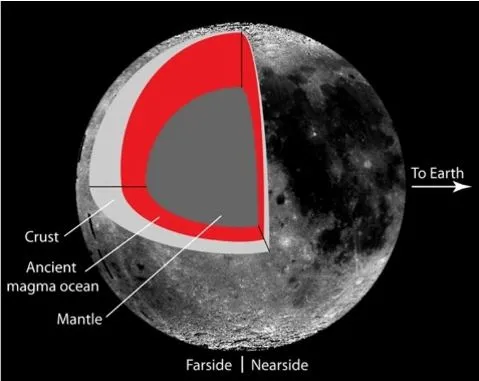

3rd June 2024 (12 Topics)
Context
In a monumental feat for space exploration, China's Chang'e-6 spacecraft has successfully landed on the far side of the Moon, marking the first-ever attempt to collect samples from this uncharted territory.
Key Highlights:
- Mission Objective: Chang'e-6's primary mission is to collect and return samples from the Moon's far side, a pioneering endeavor in space exploration.
- Landing Site: The chosen landing area within the South Pole-Aitken Basin, specifically the Apollo Basin, was selected based on its potential for scientific exploration and favorable landing conditions, including flat terrain and communication suitability.
- Technological Advancements: Chang'e-6's lander is equipped with advanced sensors, including microwave, laser, and optical imaging sensors, enabling precise measurements and obstacle detection on the lunar surface. To ensure a smooth landing, gamma-ray sensors are employed to accurately measure height despite lunar dust interference.
- Sampling Process: The probe is set to complete sampling within two days, utilizing both drilling for subsurface samples and a robotic arm for surface sample collection. Despite challenges, including limited communication windows due to the Moon's obstruction, the mission aims for efficient sample retrieval within a reduced timeframe.
- International Collaboration: The mission incorporates scientific instruments from France, Italy, the European Space Agency/Sweden, and notably, a payload from Pakistan, marking the first inclusion of a Pakistani orbiter in a Chinese lunar mission.
Fact Box: Far Side of the Moon
Indian Achievement:
|
PYQAssertion (A): The same face of the moon is always presented to the earth. [2005] Reason (R): The moon rotates about its own axis in 23 and half days which is about the same time that it takes to orbit the earth.
Solution: (c) |
More Articles




